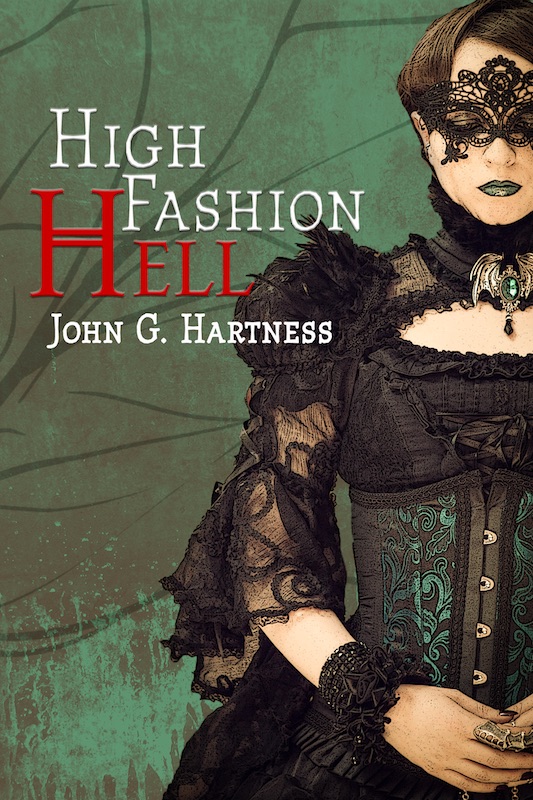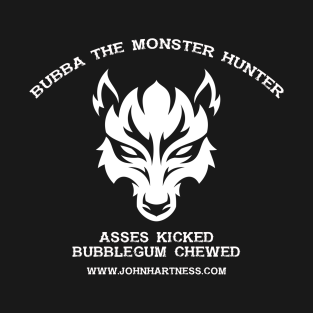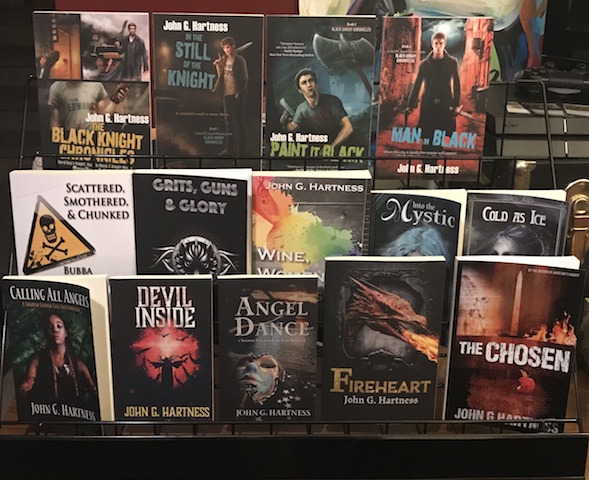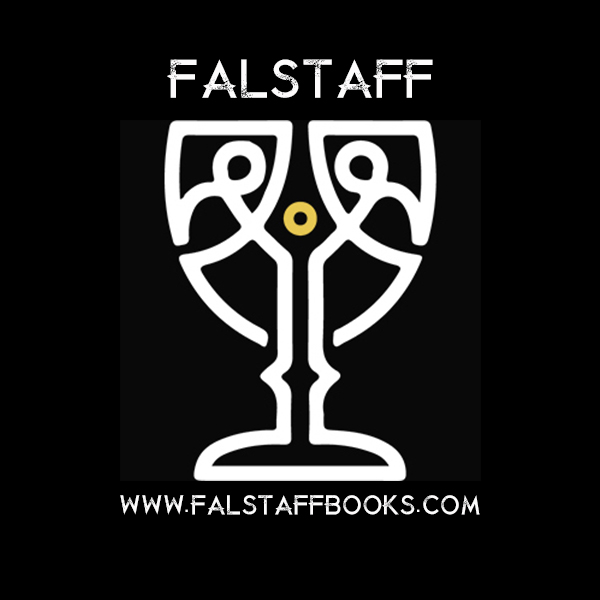
Evolution – JD Jordan
My buddy and Falstaff Books author Darin Kennedy hooked me up with JD, and since we will both be at JordanCon next weekend, I thought this might be a very good time to feature him on this blog post. If you get a chance and you’re anywhere near Atlanta, come visit us!
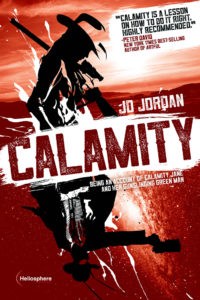 Calamity Jane and a goddamn spaceman?
Calamity Jane and a goddamn spaceman?
I was sitting on the steps of the Metro Atlanta Chamber of Commerce after a party, waiting for the valet, when the ideas for two historical scifi books popped into my head. One of those became the novella Seeing the Elephant that ultimately grew into the novel Calamity. I remember bouncing ideas off my friends and it took a while for the story—as you read it—to take shape. But it was always about growth and coming of age in the West, in the aftermath of the Civil War, on the frontier of American civilization. At the time, I was deep into both HBO’s Deadwood and Fox’s Firefly and their influences are unmistakable in Calamity. If you don’t know what I mean, go watch the first few episodes of Deadwood, especially “Here Was a Man” and “The Trial of Jack McCall”—Robin Weigert’s was the first Calamity Jane I ever really knew—and the Firefly episodes “Out of Gas” and “Objects in Space”—hints of the scifi-west and the Green Man can be found there. I was so intrigued by Calamity Jane as a historical figure—an iconic woman in a man’s world—and as a transformative character. I fell in love with the potential of her right away.
I’ve had a number of readers comment about how well-written they think Jane is as a teenager and as a woman—especially when they know she was written by a man. I even had an agent express surprise on meeting me because she assumed I’d be a woman based on what she’d read of chapter one. Such amazing compliments! I like to tell people I was neither a teenage girl nor very successful with them when I was young, so I reckon I’m just as surprised as that agent was. But I think I was able to write her as well as I was not because I was tapping into anything uniquely female (my wife disagrees on this point) but because I was able to tap into Jane’s frustration, her feelings of abandonment and ostracization, her loneliness, and—of course—her anger. I was in a lonely and angry place when I wrote her—though I didn’t appreciate it at the time—and writing her always felt more like commiseration than pretending. I think to some degree, we’ve all been Martha wanting to become Jane. I sure was.
Of course, I wasn’t into westerns so the idea to combine western and scifi ended was as much the challenge as the story and the heroine. A fancy literary explanation might go: A lot of the appeal for this kind of mash-up comes from the fact that these are both fundamentally American and fundamentally modern genres. Westerns are the product of America colonization of the continent—and all the good and the bad that goes with ideas of frontier and Manifest Destiny and conquest in that history. Scifi, on the other hand, turns many of these themes around, looking forward while always metaphorically looking back. Where settlers drove out the natives in the 1800s, so will we—the beneficiaries of that conquest—face threats of extermination in the future. The settlers have become the first peoples in jeopardy and the idea of the Green Men and the Gray Men as Others who can menace the West in this way is an interesting one. And one that preys on our fears of annihilation.
But the more basic answer is that Jane and the Green Man insisted on these genres. A prospective agent once asked me to remove the Green Man from the story and I just couldn’t see how it would work. It suddenly wasn’t anything I wanted to read. The Green Man is Jane’s magic feather. He’s her Man with No Name. His alienness is so integral to her view of the world—even when he’s not around or when he’s the only scifi thing in the story—that the western part of the novel would’ve been diminished without the science fiction.
